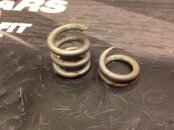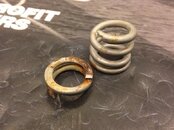eelnoraa
Contributor
Very interesting thread.
The only failure I have so far is my computer, Aeris VT3 went out battery in a dive (in live aboard). No sign of low battery before head. It was AI is just my back up, so I still have my primary spg to monitor my air. knock on wood!!!
The only failure I have so far is my computer, Aeris VT3 went out battery in a dive (in live aboard). No sign of low battery before head. It was AI is just my back up, so I still have my primary spg to monitor my air. knock on wood!!!





